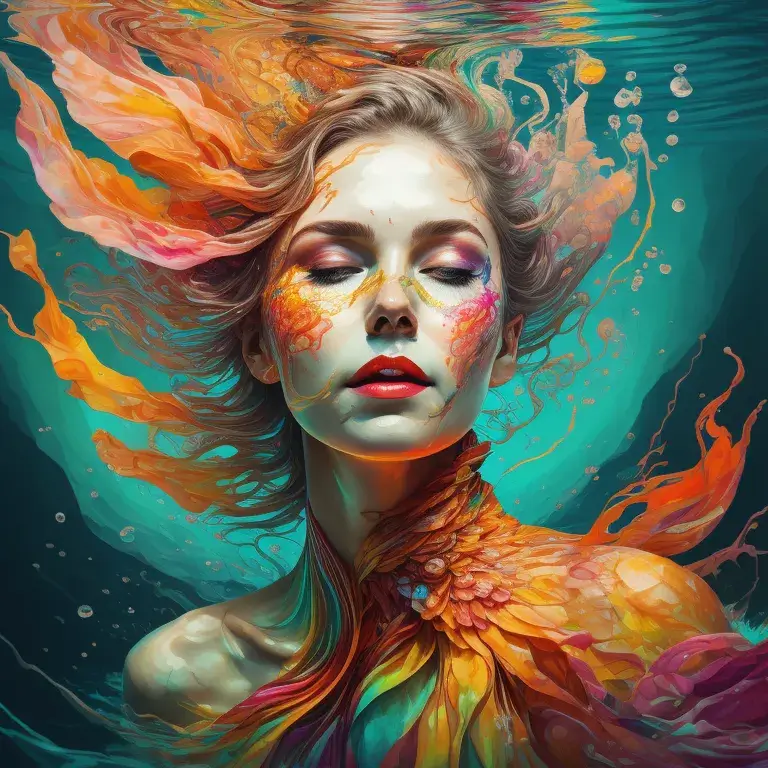AI Art Generators
AI art generators use artificial intelligence to create images based on user inputs or pre-defined algorithms. These generators often employ neural networks, which are trained on vast datasets of existing art to learn and replicate artistic styles and techniques. The results can range from mimicking famous artists to producing entirely new visual concepts.
Techno solution

Table of Contents
- Introduction
- What Are AI Art Generators?
- How AI Art Generators Work
- Popular AI Art Generators
- Applications of AI Art Generators
- Challenges and Ethical Considerations
- Future of AI Art Generators
- Conclusion
- References
Introduction
AI art generators are transforming the way we create and interact with visual art. Leveraging sophisticated machine learning algorithms, these tools can generate unique pieces of artwork, ranging from realistic portraits to abstract designs. This article explores the workings of AI art generators, their applications, and the implications of their use.
What Are AI Art Generators?
AI art generators use artificial intelligence to create images based on user inputs or pre-defined algorithms. These generators often employ neural networks, which are trained on vast datasets of existing art to learn and replicate artistic styles and techniques. The results can range from mimicking famous artists to producing entirely new visual concepts.
How AI Art Generators Work
AI art generators typically use a combination of techniques such as deep learning, neural style transfer, and generative adversarial networks (GANs). Neural style transfer involves applying the style of one image to the content of another, while GANs pit two neural networks against each other to improve the quality and realism of generated art.
Popular AI Art Generators
DALL-E
Developed by OpenAI, DALL-E can generate high-quality images from textual descriptions. Its ability to create images from complex prompts has made it a significant player in the field.
Midjourney
Midjourney focuses on creating artistic images and illustrations, often used by designers and artists for inspiration and creative projects.
Stable Diffusion
Stable Diffusion is an open-source model that allows users to generate high-quality images with greater control over the creative process.
DeepArt
DeepArt uses neural networks to transform photos into artwork reminiscent of famous artists, making it popular among those seeking to blend classic styles with modern technology.
Applications of AI Art Generators
Commercial Art and Design
AI art generators are increasingly used in advertising, branding, and product design to create eye-catching visuals and innovative concepts quickly.
Entertainment and Media
In entertainment, AI-generated art is used for video game design, movie concept art, and more, providing unique visuals that enhance storytelling.
Personal Use and Hobbies
For hobbyists and personal users, AI art generators offer a way to explore creativity and produce personalized artwork without needing advanced artistic skills.
Challenges and Ethical Considerations
Intellectual Property Issues
The use of AI in art raises questions about ownership and originality, particularly when AI-generated works closely resemble existing styles or famous artists' works.
Bias and Representation
AI models can inadvertently perpetuate biases present in their training data, leading to skewed or non-representative outputs.
Impact on Human Artists
The rise of AI art generators has sparked debates about their impact on traditional artists and the value of human creativity versus machine-generated art.
Future of AI Art Generators
As AI technology continues to advance, the potential for more sophisticated and nuanced art generators grows. Future developments may include better integration with human artistic processes and more ethical frameworks for their use.
Conclusion
AI art generators represent a significant leap in the fusion of technology and creativity. While they offer exciting opportunities and applications, they also pose challenges that must be addressed as the technology evolves. Understanding these aspects is crucial for navigating the future of digital art.